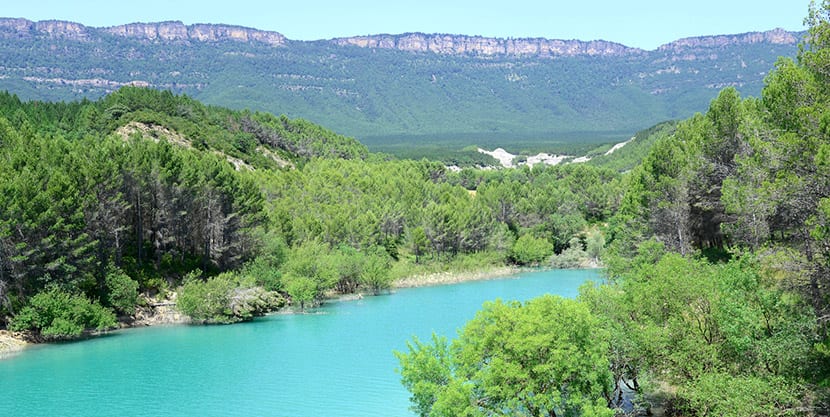
Between Navarra and Zaragoza there is the reservoir that you see in the photograph: the Yesa reservoir. You like? It is a beautiful landscape that also has its history, so if you are planning to discover Spain this is a good destination not to get lost.
The reservoir is the product of the construction of a dam so it is also a story of flooded lands and disappeared towns. Today we have to talk about the Yesa Reservoir and its attractions.
History of a reservoir
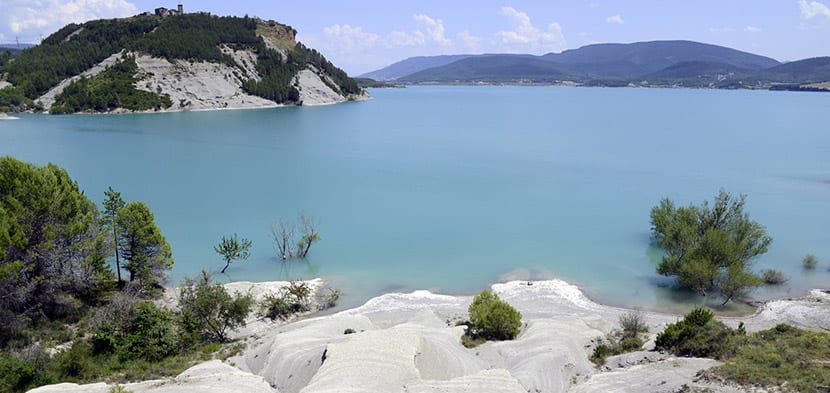
The rivers can be used so that their waters generate energy and that was for a long time the idea about the Aragon River. Although before its waters were thought for irrigation, in the XNUMXth century the goal was the generation of electrical energy.
The process was long, with comings and goings of different projects, but finally the reservoir began to be built in 1928. During the Civil War, the works stopped to return to the arena in the 40s and finish everything at the end of the 50s. .
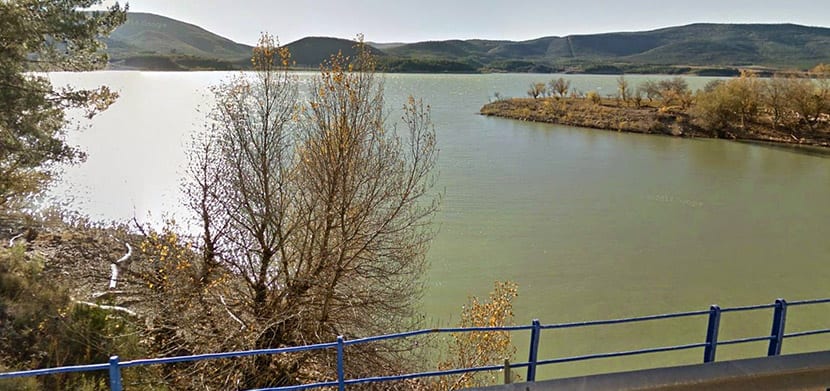
When a reservoir is built there are lands that dry up and other lands that flood, so in this case the situation determined that several villages were abandoned. Hectares and hectares of good land were submerged and thousands of people had to be relocated. Years later, a reservoir regrowth was proposed which, despite great opposition, was finally authorized in the early years of the XNUMXst century.
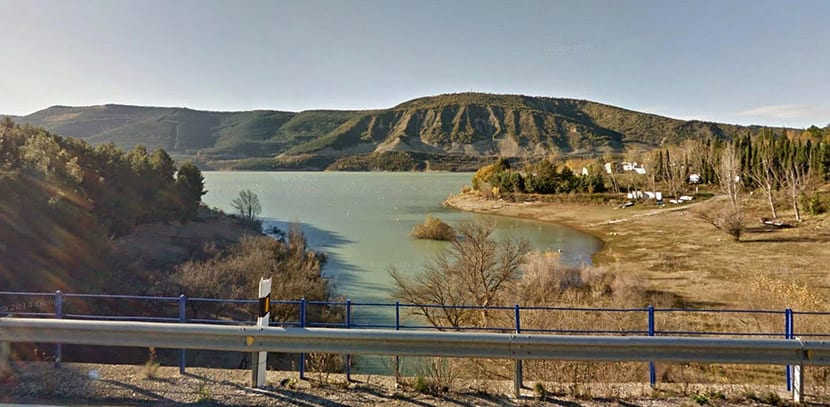
The dam itself is 400 meters from Yesa. It is a straight design gravity dam with concrete at the base. It has a surface spillway and four deep mouths with multiple drains. One intake is for the hydroelectric plant and the other serves the Bardenas Canal. The dam thus is 400 meters long and around 75 meters high.
The reservoir has just over two thousand hectares and it is on the valley of the river Aragon, in the channel of Berdún. Have 18 kilometers long and a 48 kilometer coastline. This is where all the activities that the site offers are concentrated. It offers us.
Tourism in the Yesa Reservoir
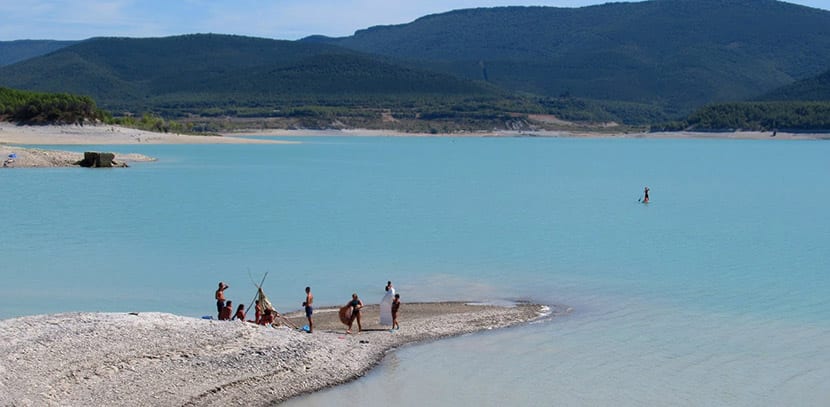
The reservoir is so beautiful, a blue and green patch, that there is no shortage of someone who calls it the Pyrenees Sea. Offers many water sports, fishing (there are trout, largemouth bass and carp), and a beautiful setting with pine forests, gall oaks and beech trees.
You have the fortune that you are blessed with many hours of sunshine per yearFor example, it has 90 days more sunshine than Pamplona, which is almost 50 kilometers away. You may stroll in barca, do windsurf to take advantage of the winds that blow here, in the largest navigable area in Navarra. And it is that although the wind is more often from the south, there are times that the north wind comes in super strong, with gusts that reach a force level category 9.
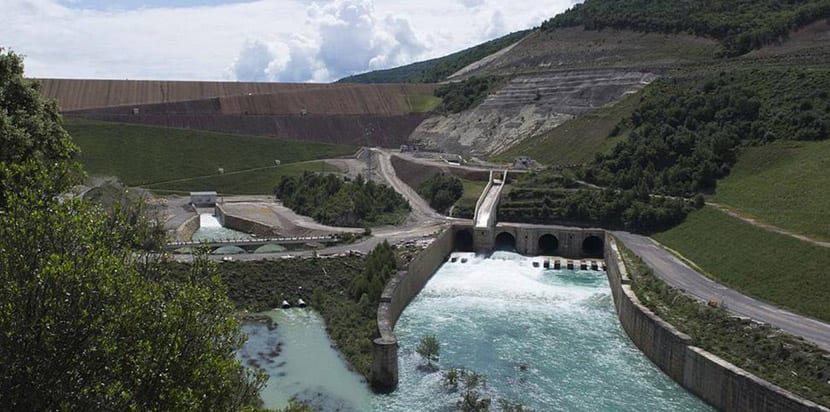
If sports are not given to you, there are good opportunities to do Hiking or enjoy other outdoor activities. You will hear about the history of the towns that the reservoir made forget, and for example, you can walk through what remains of the town of He scanned. It is on the side of the national highway, between Pamplona and Jaca, and although some people still live there, they are counted on the fingers of one hand and everything is ruined.
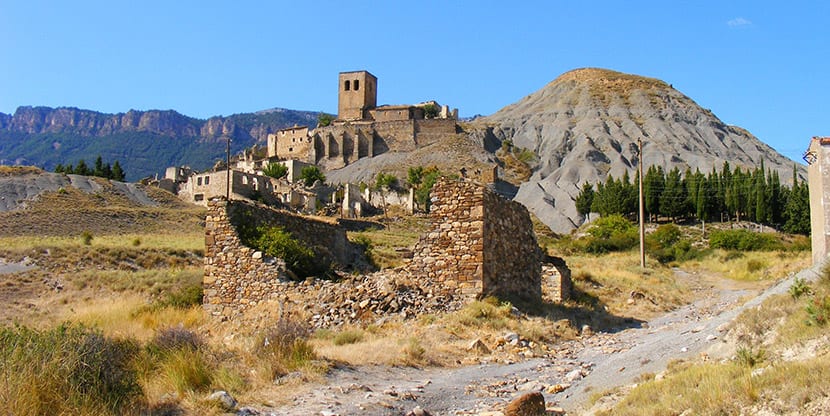
At the time of the construction of the dam and the reservoir, the State bought the houses, inviting the inhabitants to leave. And they did so, except for these few and their descendants who still dream of repopulating the ruins. We will see if they are lucky. Along the same lines of history are the towns of Ruesta and Tiermas. The inhabitants of this last town dream the same as the residents of Escó, from a mound of high ground that is where they live today.
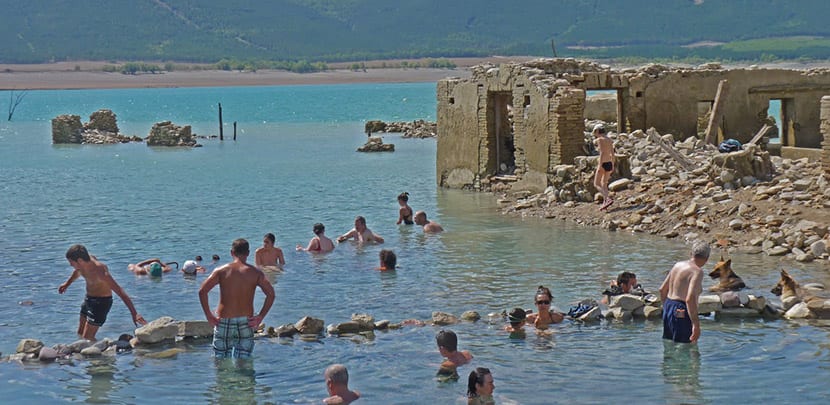
If you go there from September and the water level is low you will see the ruins of the roman baths and enter the spring of sulphurous waters. The neighboring town, Are you still, has bought what remains of Tiermes a few years ago and plans to revitalize it and build a spa, but the project has not been without controversy.
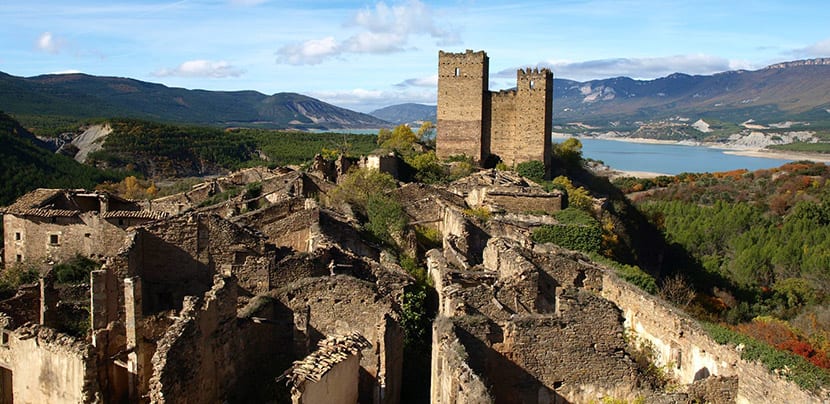
On the other side is Ruesta, a town that disappeared in 1965 when it had 368 inhabitants. The famous Camino de Santiago passes through here when it travels through the lands of Aragon but unfortunately it is ancient history. However, Ruesta had another story because in the 80s it fell into the hands of a union, the CGT. Although the idea was to rehabilitate it, the project exceeded the union's coffers, so it started with a campsite, to recover the Camino de Santiago and build a couple of inns.
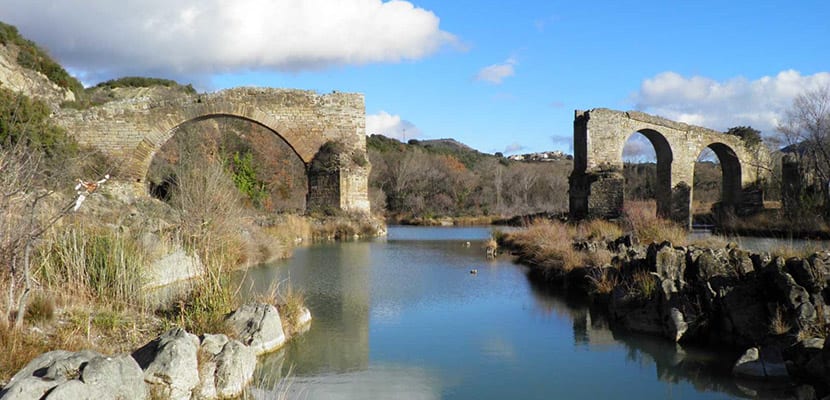
On the other hand you can go through the bridge of the Roncaleses from the end of the XNUMXth century, with XNUMX meters long and two and a half wide. Have original roman arches And if you like history, the Arabs were fought here during the Reconquest.
You also can visit Sangüesa, Javier's Castle where San Francisco Javier was born or the Leyre Monastery, a beautiful medieval site where Gregorian chants sound and you have fantastic views of the reservoir.
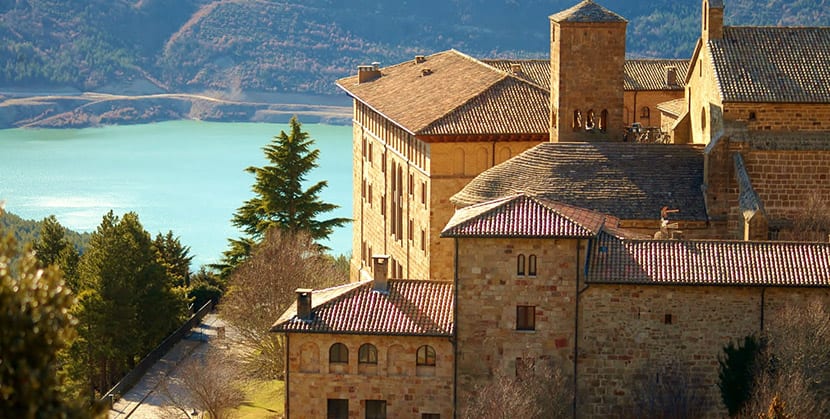
This monastery is five kilometers from the reservoir, at the foot of the mountain range of the same name. It is tomb of Navarrese kings and a calm, silent and almost magical place. The monastic church is a treasure with its XNUMXth century crypt, a Gothic vault and a XNUMXth century Roman portico.
250 meters from the monastery is the so-called Fountain of the Virgins, with a picnic area, half an hour by car is the San Virila Fountain and also nearby is Mount Escalar from whose top, at about 1300 meters, you have a sensational view of the Reservoir and the Pyrenees.
If you like the idea of visiting the Leyre Monastery, write down these data:
- Hours: open every day from 10:15 am to 7 pm.
- Gregorian chants are heard Monday through Friday at 9 am, 7 pm and 9:05 pm; and Sundays and holidays 11.30 am, 7 and 9:05 pm.
- The entrance costs 3 euros.
- There are guided tours during opening hours. The free visit costs 3 euros per adult and the guided one, 3, 50.
- It is part of the Route of Monasteries in Navarra.
Well, you already have information about the Yesa Reservoir. Good trip!